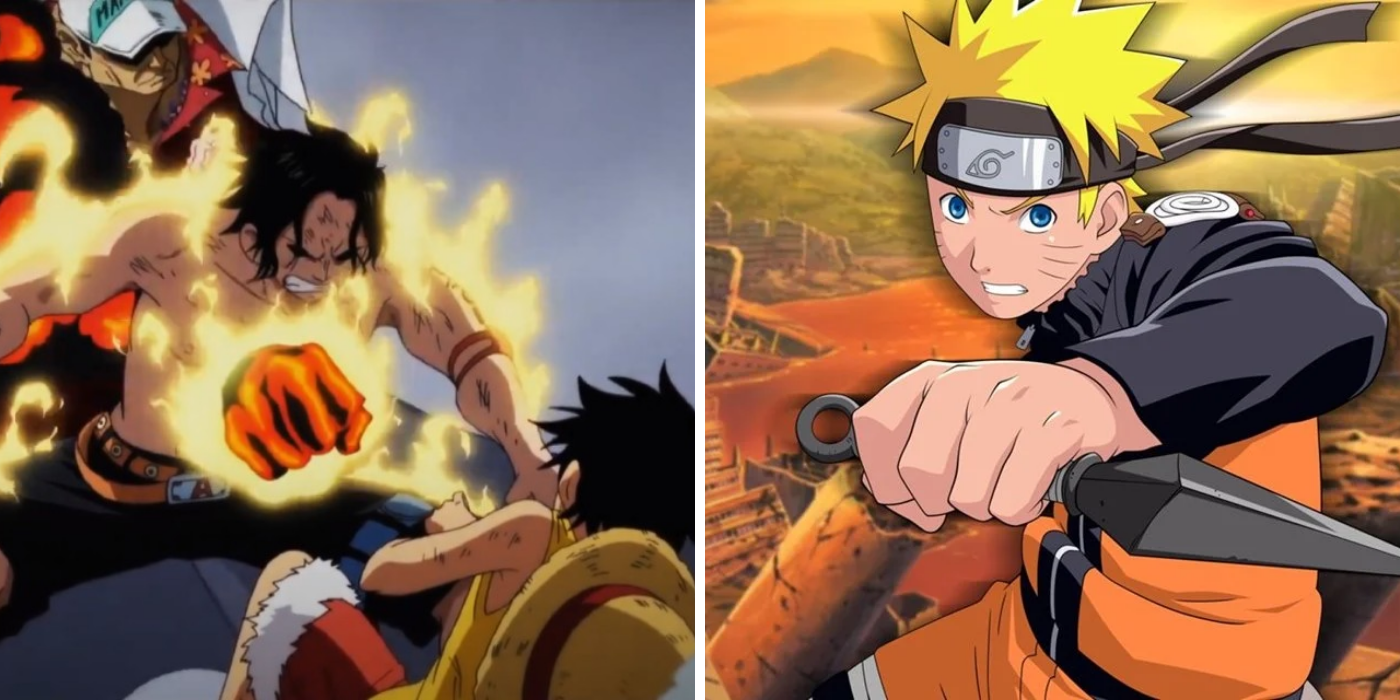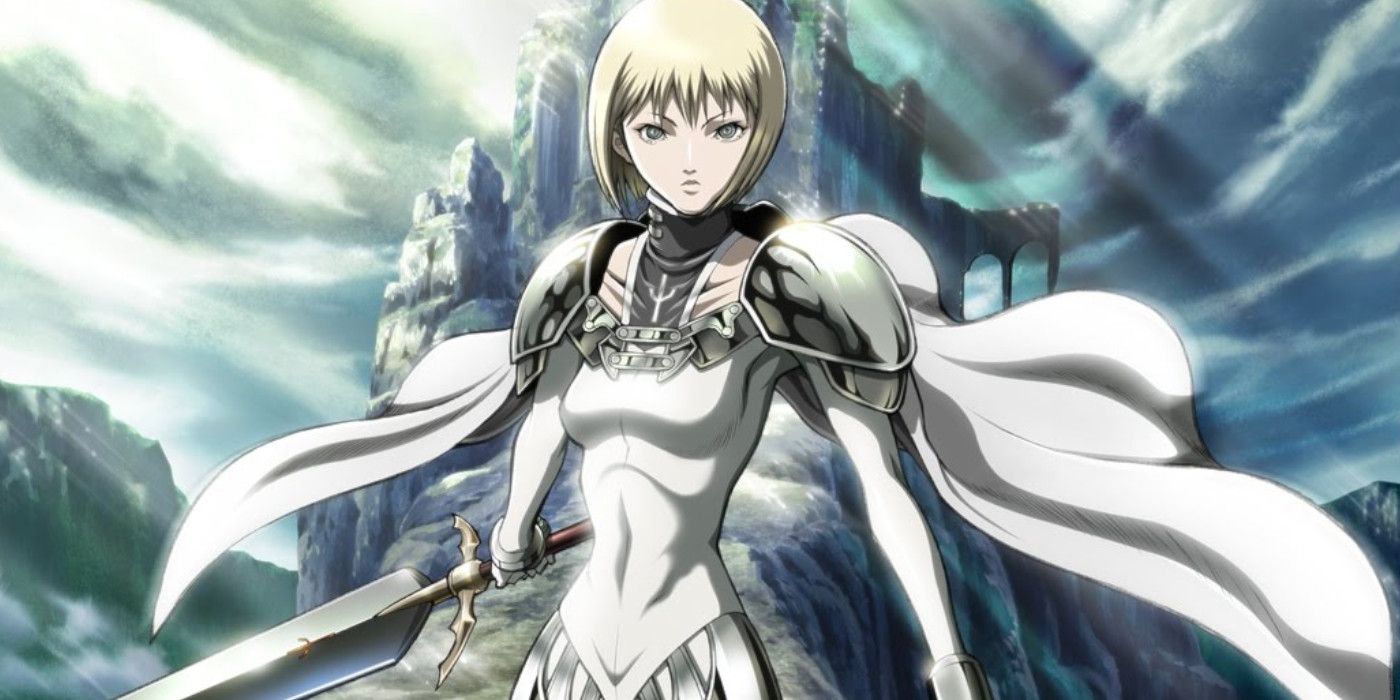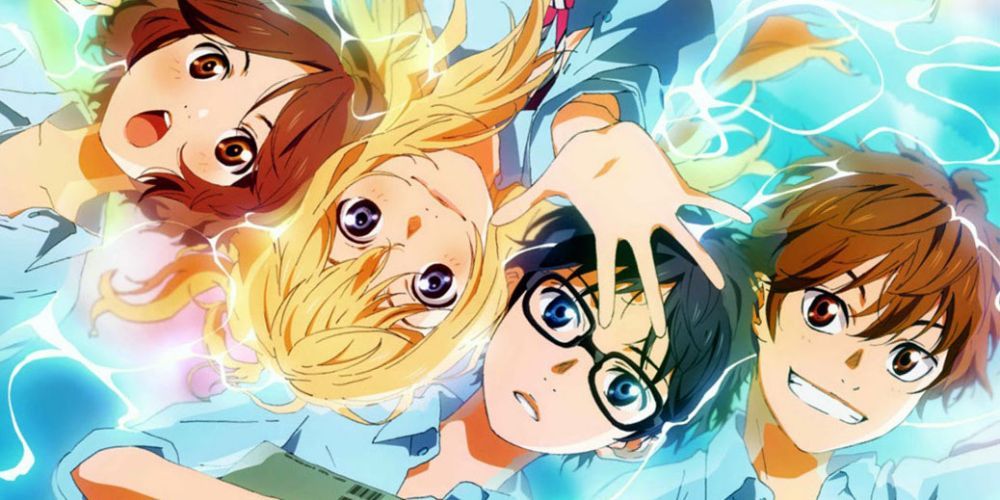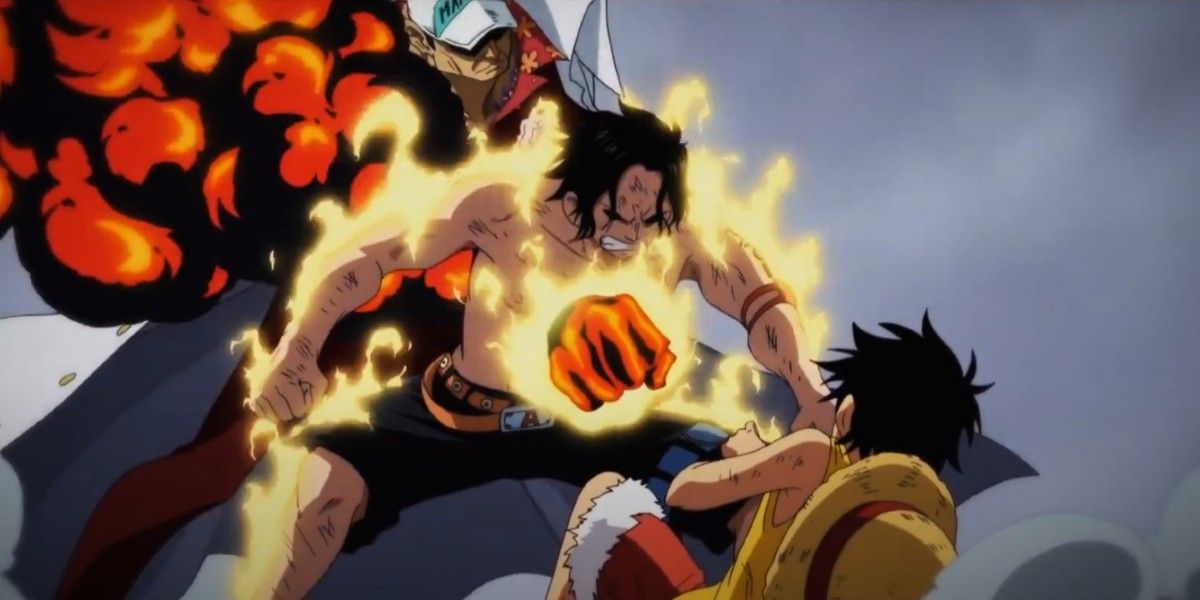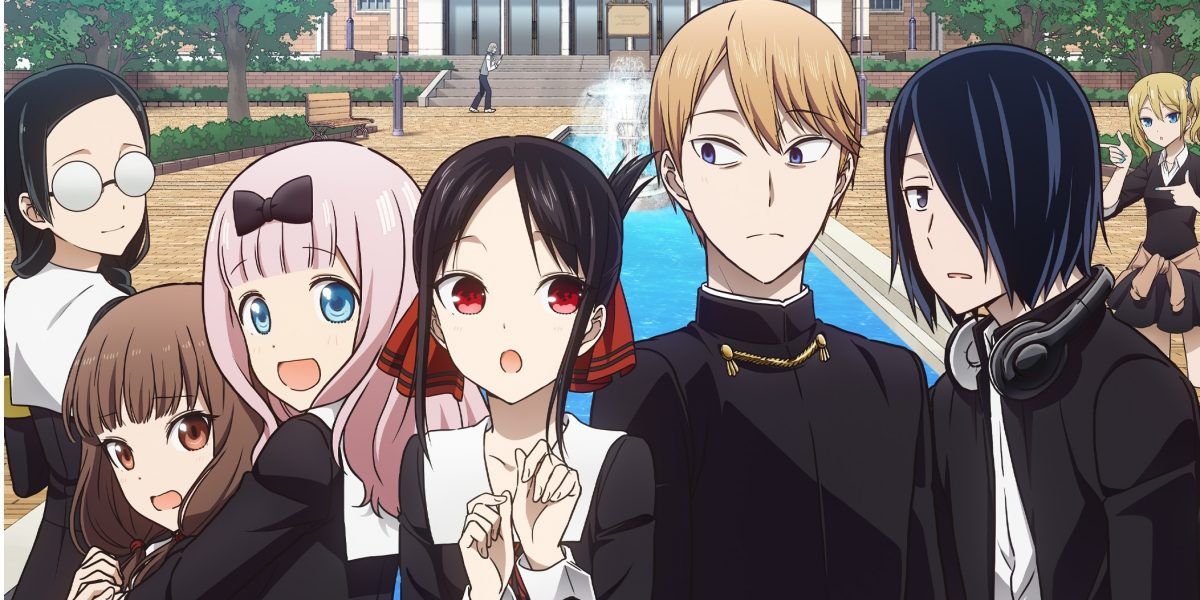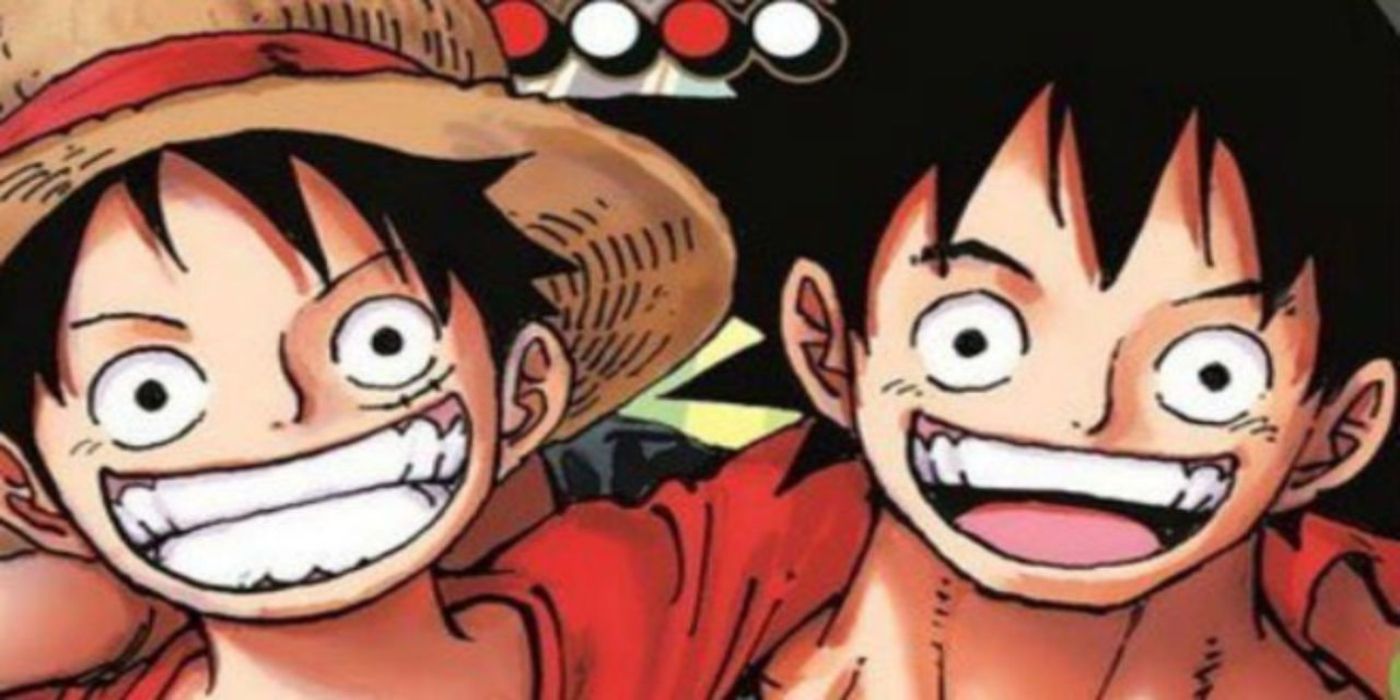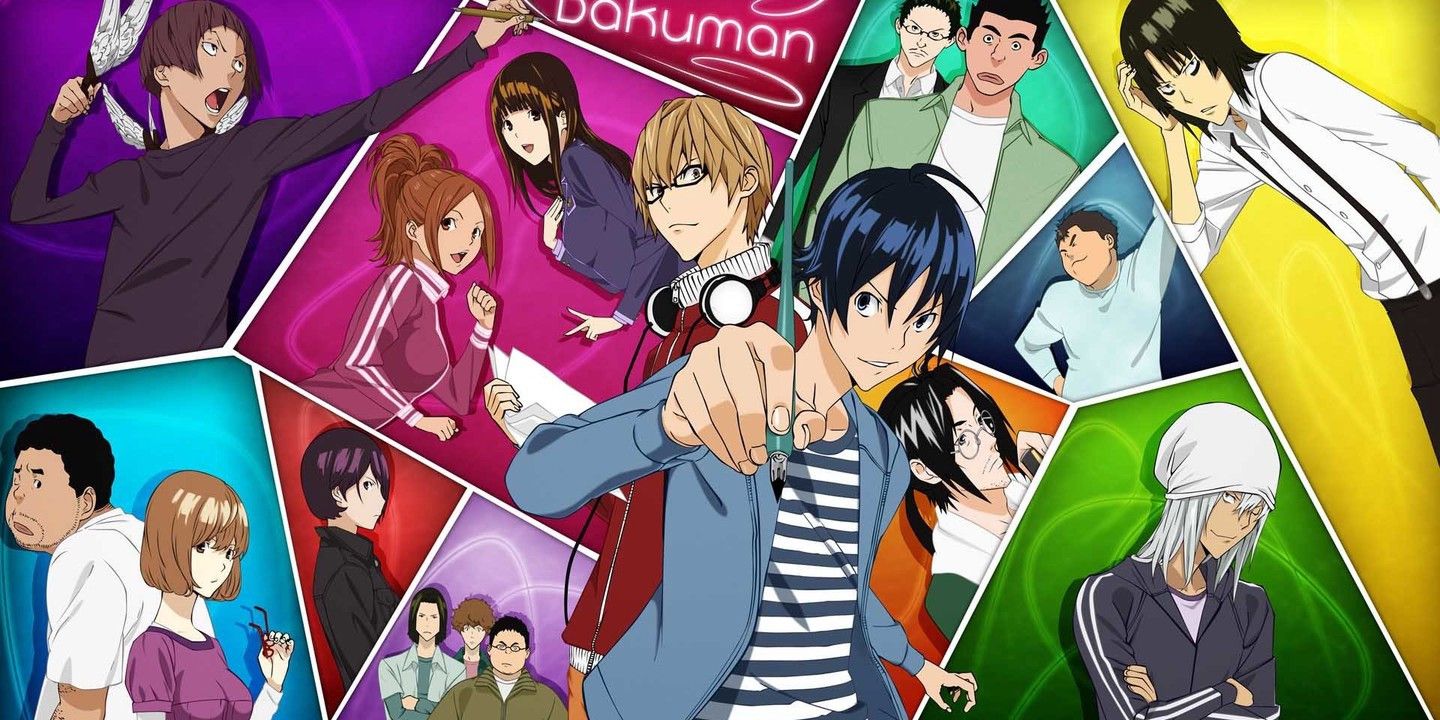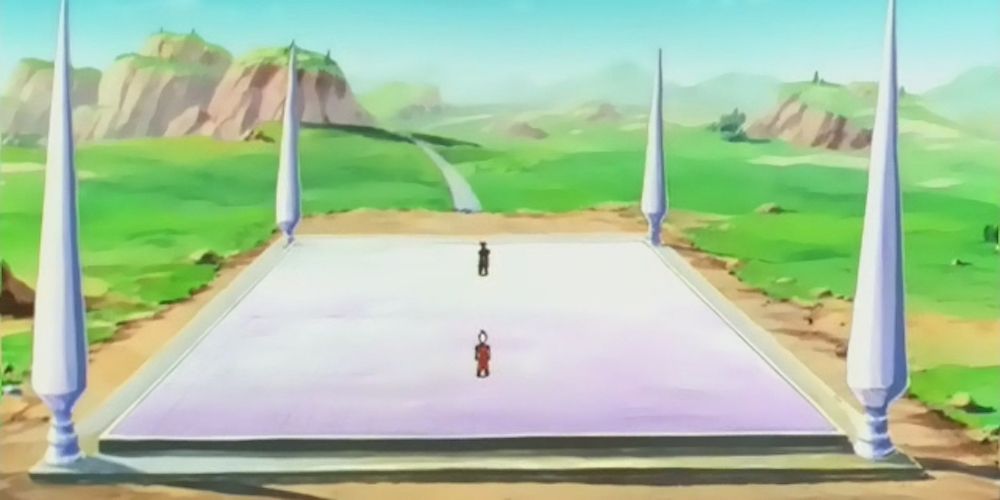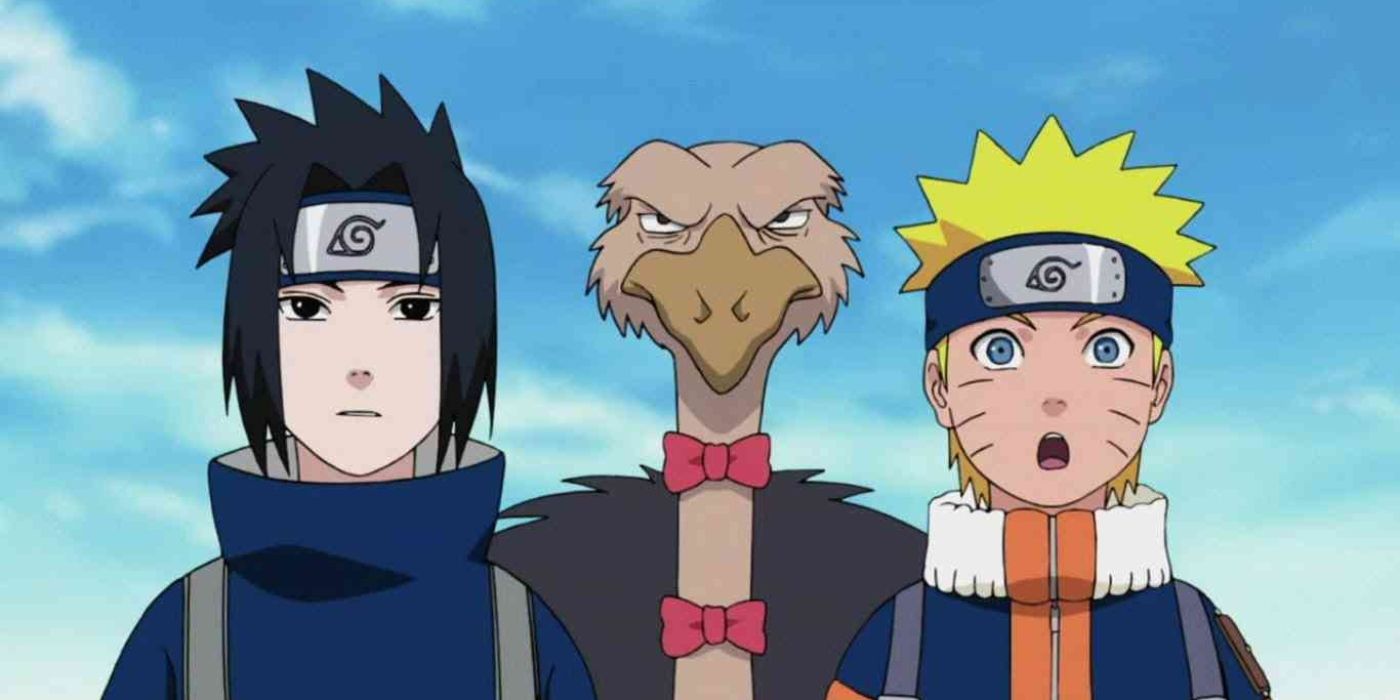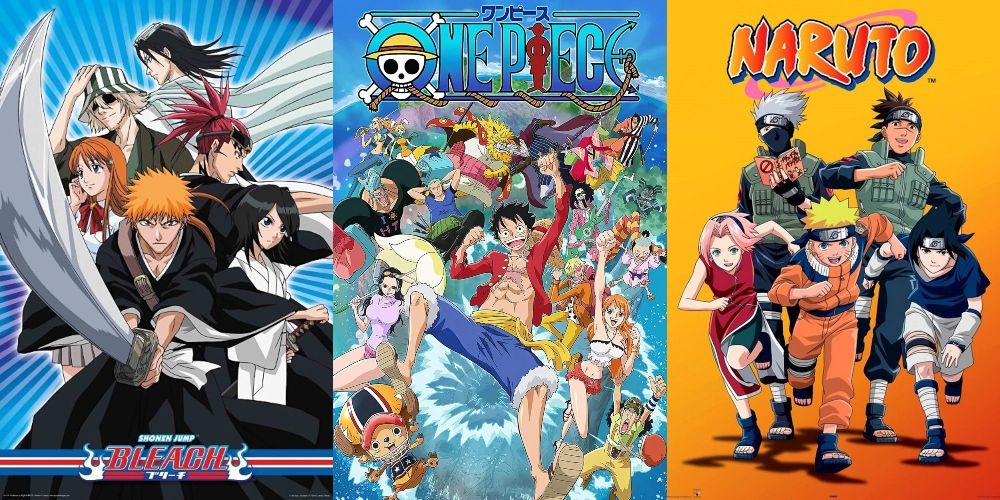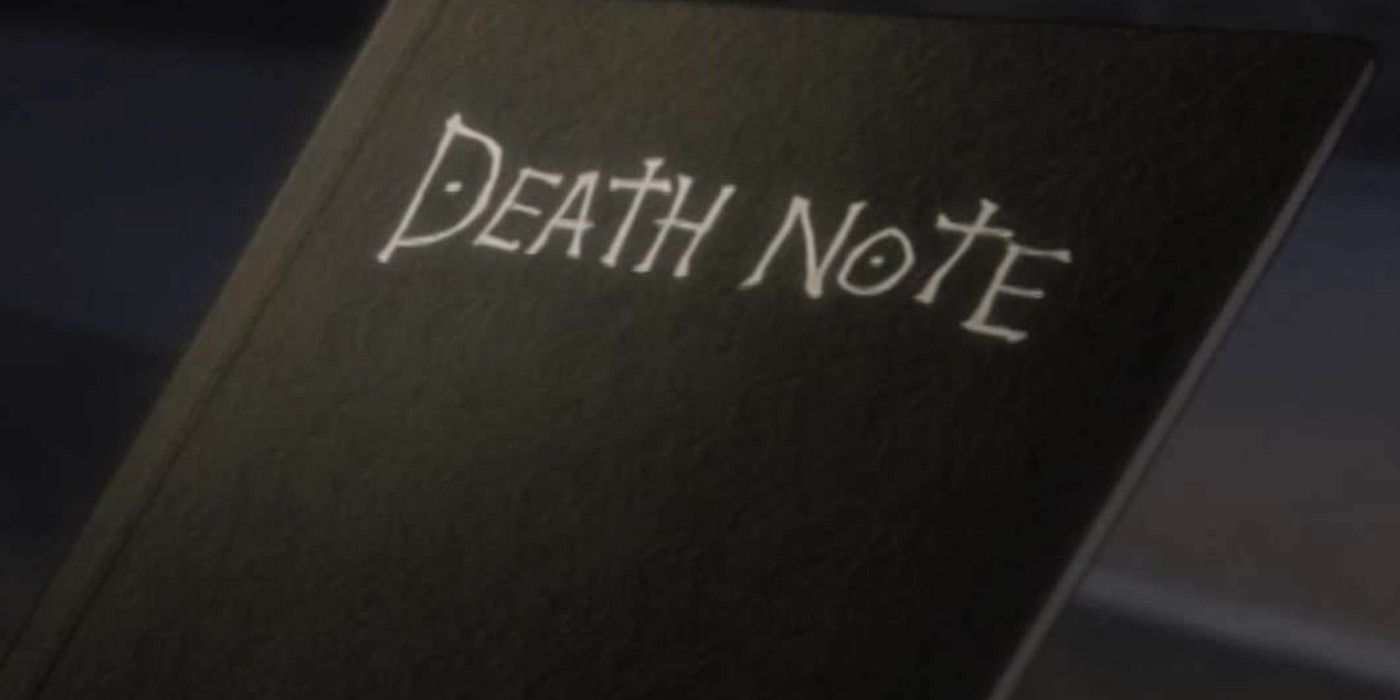Shonen is an anime style that mainly targets young men. Despite it not being a genre, a lot of people consider it to be one to describe a certain type of anime. The anime that people think of when shonen is mentioned is the typical battle-shonen. Battle-shonen are series like Naruto, Bleach, One Piece, Yu Yu Hakusho, and Dragon Ball.
However, this isn't all that shonen has to offer; and while there are many battle-shonen series out there, there is much more variety. There's a lot about shonen that people tend to get wrong or seem to misunderstand.
10 Main Characters Are Only Male
Most people tend to assume that a shonen series is just for boys and that there's hardly any female representation. While it can be true that males are the most prominent figures, there's a good deal of female representation.
There's Maka from Soul Eater, Claire from Claymore, Emma from The Promised Neverland, and Hibiki from Symphogear. There are many more examples, but the point is that there is a varying level of female representation in the shonen genre, if viewers are willing to search for it and stray away from the standard bread and butter of the shonen spectrum.
9 It's All Action & Fighting
While it can't be argued that shonen has a focus on action, not every shonen is some action-packed battle series with high-tier gods fighting one another. Many sports anime like Haikyuu and Kuroko's Basket do have action, but the main focus isn't on combat.
Even so, there are series like Death Note, Your Lie in April, and Bakuman that have hardly any fighting at all and are shonen series. There is a variety of series covering a multitude of subject matter, as not every teenager is interested in just seeing two people duke it out.
8 Shonen Can't Be Dark
Shonen series can be dark. Due to the bright, whimsical, lighthearted nature of shonen anime, the assumption is that these sorts of series can't be dark. This has been said about most shonen, but that's mostly because they don't seem to include explicit gore.
A series like Akame ga Kill is considered to be darker than something like One Piece and it's due to the lack of gore, but darker themes are also on display. Anime like Fairy Tail, One Piece, and Naruto have subject matter just as dark (if not darker) than Akame ga Kill and other darker-themed series that fall into the typical seinen demographic.
7 Seinen Is Better Than Shonen Because It's "More Mature"
Seinen series are more targeted for an adult demographic, from 18+. Seinen tends to be more explicit than shonen. Unlike a shonen that can't typically go too far with its content, a seinen doesn't have too many limitations, but this doesn't inherently make a seinen more mature than a shonen or determines if a seinen is better than a shonen. The demographic for either doesn't determine how well-written a series will be.
Each demographic has its shining stars and duds that can't be blamed on the demographic that they appeal to. While some shonen would fair better as seinen, it doesn't matter to the overall quality of the series. A shonen series like Fullmetal Alchemist touches on the harsh realities of war while a seinen series like Kaguya-sama: Love Is War is a romantic comedy set in a high school. These series don't abide by the arbitrary standard most people give to seinen and shonen. That's because demographics don't matter.
6 All Of The Characters Are The Same
While series like Dragon Ball and Yu Yu Hakusho have set a standard for modern shonen character archetypes, it's dishonest to say that every shonen cast is a copy-and-paste of the other. While certain attitudes are certainly consistent, such as the loud main character and the moody sidekick, it's not a reason to dismiss a character and their identity.
Some characters are very unique in their own right. There are many differences between someone like Naruto Uzumaki from Naruto and Izuku Midoriya from My Hero Academia. Someone like Ichigo Kurosaki from Bleach hardly fits any of the "standard" criteria of a shonen protagonist.
5 There's No Good Romance
While most shonen series are not known for their strong romances, there are romance-based shonen fans can watch/read. Not every shonen is just about action. For a lot of people, this stigma stems from battle-shonen not having a strong grasp of romance and sort of just teasing at relationships.
For a lot of people, seeing the growth and development of a romance on-screen is more rewarding. And while that is hard to come by in most of the popular shonen, fans can pick up a shonen series that has a bigger focus on romance like Aku no Hana, Spice, and Wolf, and Bakuman.
4 Every Shonen Follows The Same Formula
While there certainly is a formula for certain shonen (typically battle-shonen), not every shonen is the same. If one series has a tournament arc, then another series can also have a tournament arc and it'd be entirely different. For example, Naruto's Chunin Exams and Yuyu Hakusho's Dark Tournament both have fighting brackets but have different rules for those brackets.
The same can also be said for other aspects of a shonen. Each shonen anime is unique due to their variation and execution of the tropes they use. Tropes aren't inherently bad, but the execution of a trope can be.
3 Shonen Has A Lot Of Filler
Shonen has too much filler. This statement is true, but more so for long-running shonen like One Piece, Bleach, and Naruto. As of recently, most shonen anime run seasonally. Then again, when one looks at something like Death Note, Fullmetal Alchemist, and Demon Slayer, the anime is more aligned with the manga and is void of any filler at all, aside from special episodes.
Filler in anime occurs when a series is airing while the manga is still being worked on. In some cases, like with Naruto, the anime outpaces the manga and the manga needs time to create more content for the anime to continue off of. But in most cases, not all shonen anime have much filler.
2 The "Big 3" & What That Means
The Big 3 is a certain era within Shonen Jump where One Piece, Naruto, and Bleach were all doing very well in manga sales worldwide. All three manga were selling extremely well, long-running, and at the peaks of their popularity in the 2000s during Jump's Golden age.
These anime have all been considered insanely influential as well, One Piece being the most notable of the three at the time. It's impossible to say if there will ever be another Big 3. While new manga fans try to push for a new Big 3, it seems to never stick well for more seasoned fans.
1 Shonen Is Just For Kids
Shonen does mean "boy" in Japanese and the target demographic is young men. Shonen series aren't inherently for kids. The age range for shonen anime/manga is 12-18. This means most shonen series are for teenagers, and that idea holds up a bit more than the idea that it's just for kids.
When watching a typical shonen like Naruto or My Hero Academia, viewers can sometimes get a few complex themes, violent action scenes, and subject matter that's certainly not suitable for a child in any way.

